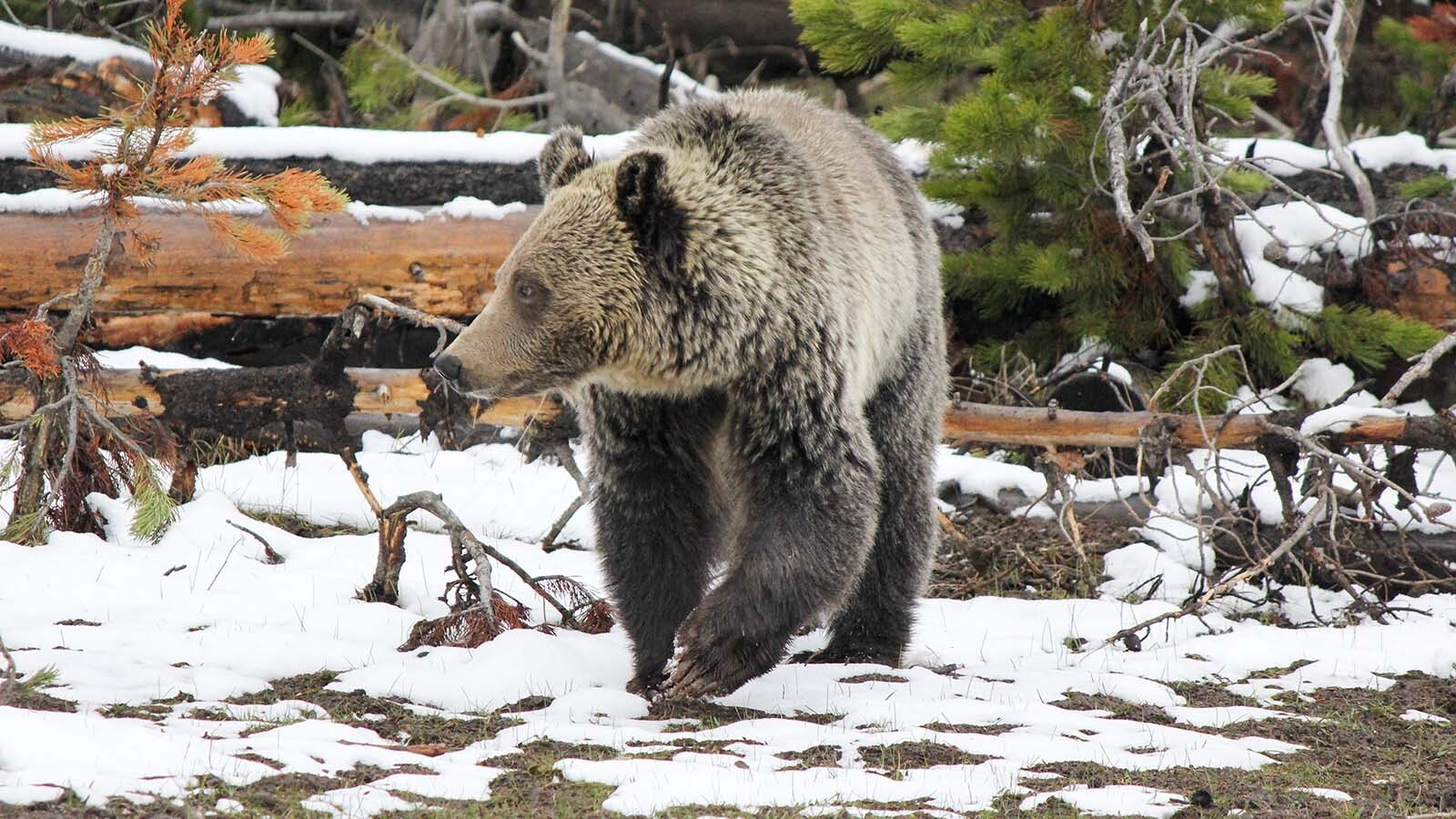Drawing a bighorn sheep hunting tag in Wyoming is an exercise in extreme patience; Nick Siddle of Sheridan waited 45 years to draw his.
It was a tag worth waiting for, in a hunt area centered around the Moss Ranch near Lovell.
It’s the home of rams with a weird horn mutation, which causes one horn to grow more rapidly than the other. In some cases, the odd horn curls all the way back up and practically covers the ram’s eye.
When he set out on his hunt, in late August of 2024, Siddle wasn’t necessarily seeking one of the weird-horned rams.
He had his mind set on a ram big enough to make the record books for the Boone and Crockett Club (B&C), which is considered the gold standard for hunting trophies.
Justin Lucht has observed bighorn sheep on the Moss Ranch for 15 years, and previously told Cowboy State Daily that he’s frequently observed the mutant-horned rams.
He also heard that one of those rams was shot by a hunter last year. It turns out that ram, which was pictured with Lucht’s story as a taxidermy mount, is the ram that Siddle shot.

Herd Has Prime Genetics
Anna Miller, the interim executive director for the National Bighorn Sheep Center in Dubois, previously told Cowboy State Daily that odd horn growth in bighorn sheep can result from genetic mutations, or sometimes old injuries.
The trademark, off-kilter horns of the Moss Ranch rams might be rooted in genetics, Siddle said.
To his knowledge, the herd came from transplanted sheep. Some of them came from a lower-altitude bighorn herd in Oregon.
And a ram with the same horn mutation was recently shot from that herd, he said.
The Moss Ranch sheep also carry the genes of transplants from Montana’s legendary Missouri Breaks bighorn herd, known for producing gargantuan rams.
Bighorn sheep are usually associated with rock, alpine country, high above timberline, near the peaks of mountains.
The Moss Ranch herd lives at lower altitudes, amid forested foothills and barren plateaus, he said.
The area’s most rugged feature is Devils Canyon, which is deep and has huge cliffs along its sides, Siddle said.
Sheep previously transplanted to the Moss Ranch area from higher-altitude herds didn’t do so well, he said.
But the bighorns with genetics from the low-altitude Oregon and the Missouri Breaks herds have thrived.
During the first day of his hunt, on Aug. 31, 2024, Siddle and his companions saw plenty of huge rams, although they all had typically symmetrical horns.
He had shot opportunity on a ram in the canyon but decided to pass.
“We thought if he fell down over a cliff and into the bottom of the canyon, we’d never recover him,” he said.

A Ram He Couldn’t Pass
The next morning, they again spotted numerous rams, and observed a great one from about 800 yards, through spotting scopes.
Siddle thought that might be the ram he was looking for but then decided to move to find some of his friends, who had split off to explore a different area.
They were hiking through the bottom of a small box canyon when a group of rams that was on the move appeared on the rim of the canyon.
One of them had the trademark mutated horn. He might not have been the hugest ram they’d seen, but Siddle decided such a unique bighorn was too good to pass up.
When they first spotted the rams, they were about 500 yards away but moving toward Siddle and his companions.
His shot opportunity came when the ram was about 120 yards away.
“To prepare for my bighorn sheep hunt, I’d been practicing long-range shooting. And then I ended up shooting a ram at just 120 yards,” he said.

Not The Trophy He Expected
B&C ram scores are determined by taking overall horn length measurements plus girth measurements at a few different points on each of the horns.
The score must add up to 175 inches for the B&C yearly record book, or 180 inches to make the all-time records book.
Siddle’s ram scored 172 inches.
Even so, he doesn’t regret taking the weird-horned ram, instead holding out for a record-book-sized ram with typical horns.
“I think it’s just an awesome trophy. And the fact t
Mark Heinz can be reached at mark@cowboystatedaily.com.






